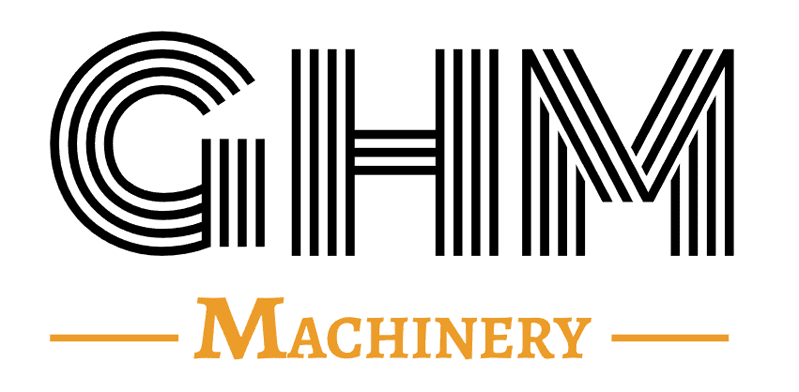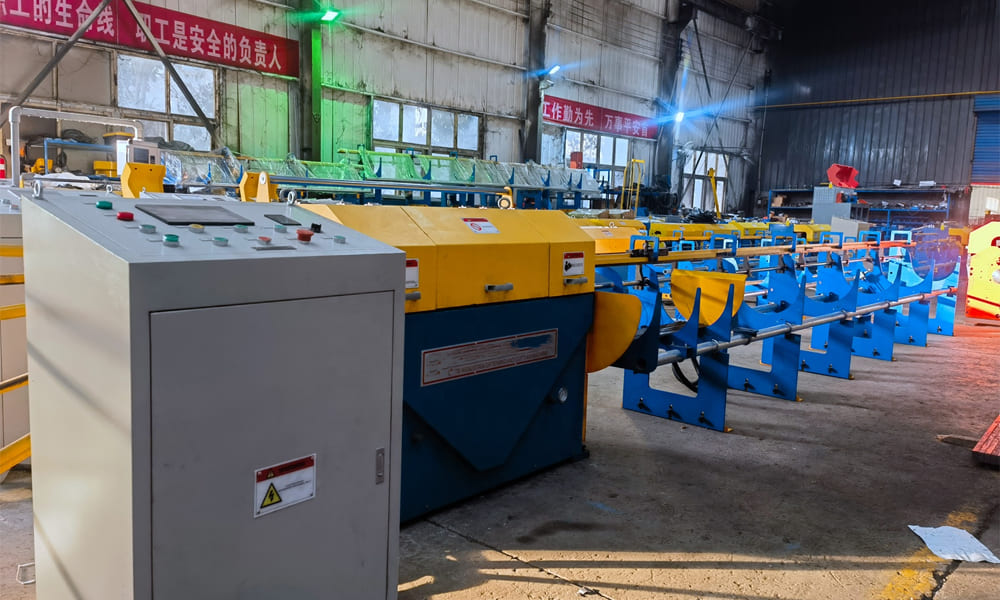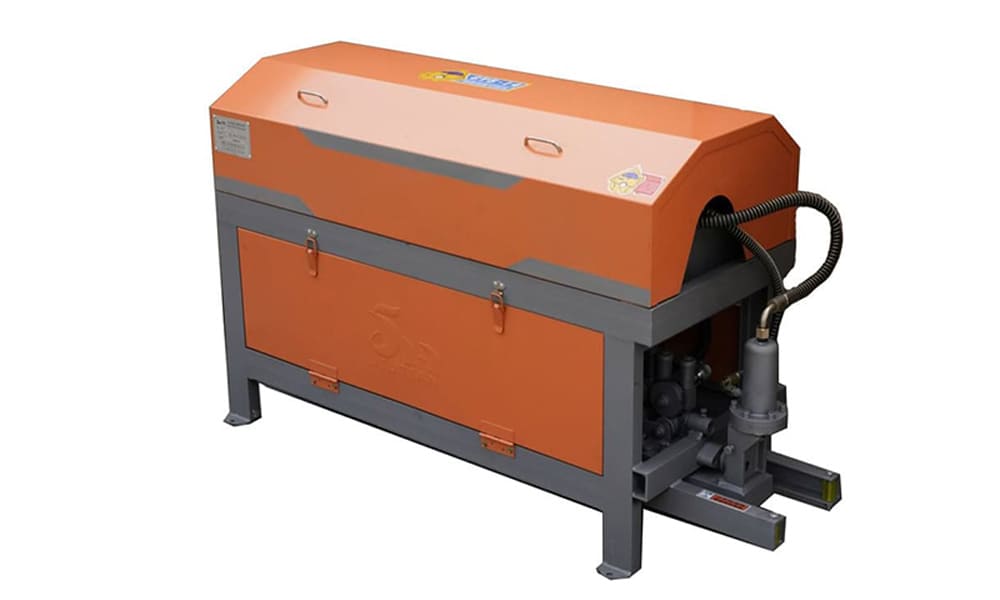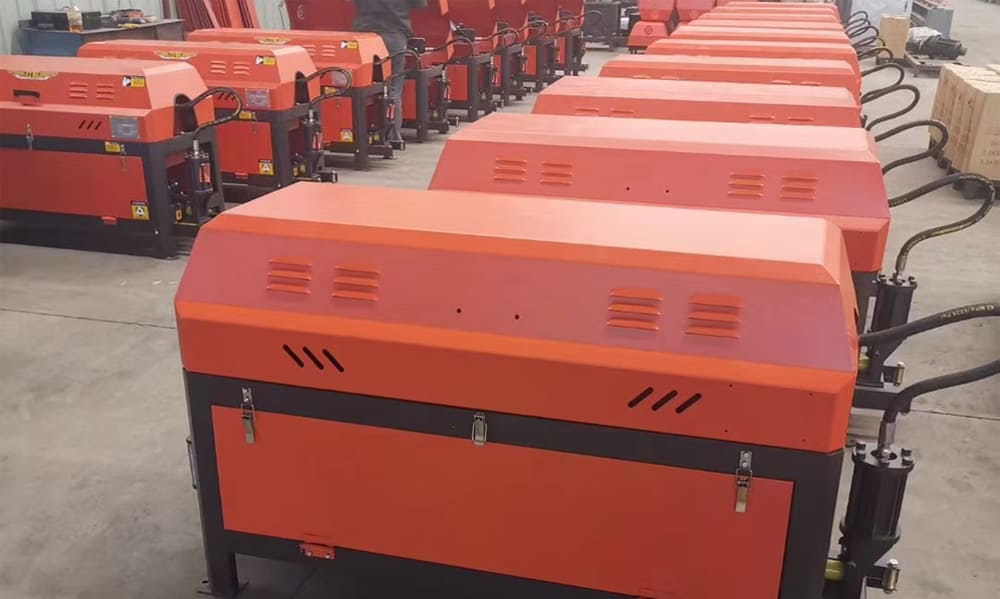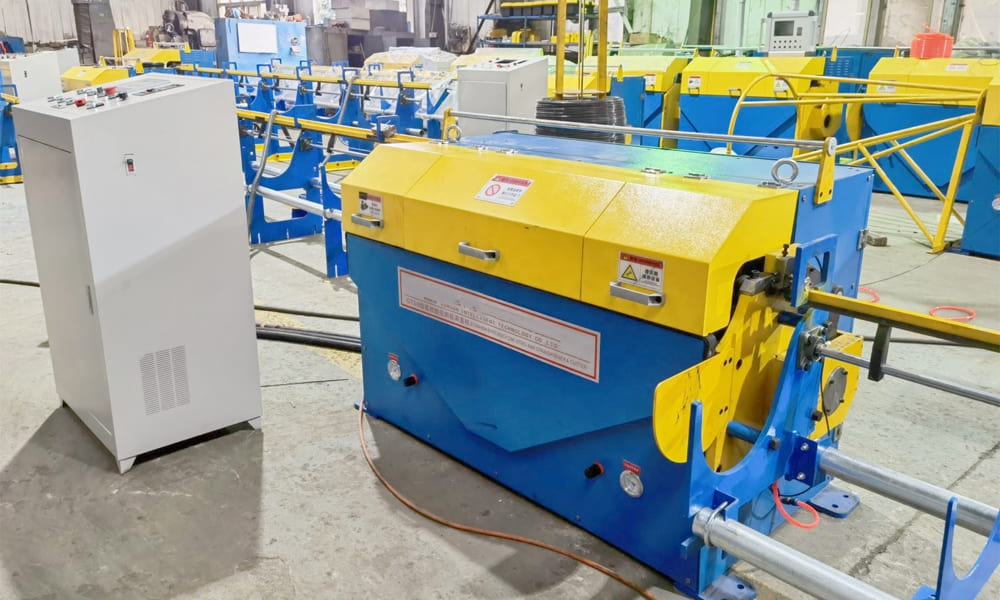In the dynamic landscape of construction projects, the steel processing segment, particularly the steel bar straightening machine, adheres to meticulous operating procedures for each task and connection. These procedures not only ensure the seamless functioning of the steel bar straightening machine but also guarantee the precision of steel bar processing. In the realm of steel bar straightening machining, this process stands as an indispensable element in the mechanical processing of steel. Here, we delve into the essential operational steps for reinforcement work to optimize efficiency and maintain accuracy.
1. Operating a Steel Bar Straightening Machine:
- Stable Installation:
- Ensure the steel bar straightening machine is stably installed with a reliable zero position protection for the motor.
- Align the material rack and material trough flatly with the center line of the guide tube, orthodontic tube, and lower knife hole.
- Adjusting Straightening Block and Speed:
- Select the appropriate straightening block and speed based on the diameter of the steel bar. Lower speeds are recommended for diameters less than 2 meters or greater than 9 mm.
- Protective Cover and Gap Adjustment:
- Do not open the protective cover to adjust the gap, and avoid wearing gloves during operation to prevent steel bars from not penetrating.
- Feeding Procedures:
- Before feeding, tie a 1-meter-long steel pipe in front of the pipe and cut off the non-straight end.
- Ensure the steel bar passes through the steel pipe and feed it into the guide hole on the front end of the bracket.
- Safety Measures:
- Mechanical tools and objects should not be used to prevent vibrations from falling on the body.
- If steel wires are tangled or bars fall off the frame, stop the machine and place the rebar smoothly on the ring frame.
- Organizing Straightened Bars:
- Divide straightened steel bars into small bundles based on specifications and quantity.
- Properly stack and clean scattered steel bars in a timely manner.
2. Operating a Steel Bar Cutting Machine:
- Blade Inspection:
- Before operation, ensure the correct installation of the blade, check for cracks, confirm the fixed blade holder bolts, and secure the protective cover.
- Hand-pull the pulley to adjust the blade clearance and inspect gear meshing clearance.
- Handling Steel Rods:
- Hold the steel rod tightly during cutting and straighten it before cutting.
- When cutting multiple steel bars simultaneously, ensure the total cross-sectional area falls within the specified range.
- Safety Measures During Handling:
- Maintain a minimum distance of 15 cm between the hand and the blade.
- For short materials with chucks less than 40 cm, use a sleeve or clamp to handle or feed the steel bar—direct feeding with hands is strictly forbidden.
- Safety Protocols:
- Do not remove broken ends or debris near the knife end with hands while the machine is running.
- Non-operators must stay clear of the knife edge within the swing range of the steel bar.
- Immediate Shutdown for Abnormalities:
- In case of machine abnormalities or blade deformities, initiate an immediate shutdown for maintenance.
By following these comprehensive guidelines, construction site workers can ensure the efficient and safe operation of steel bar straightening and cutting machines, contributing to project success and precision in steel processing.
